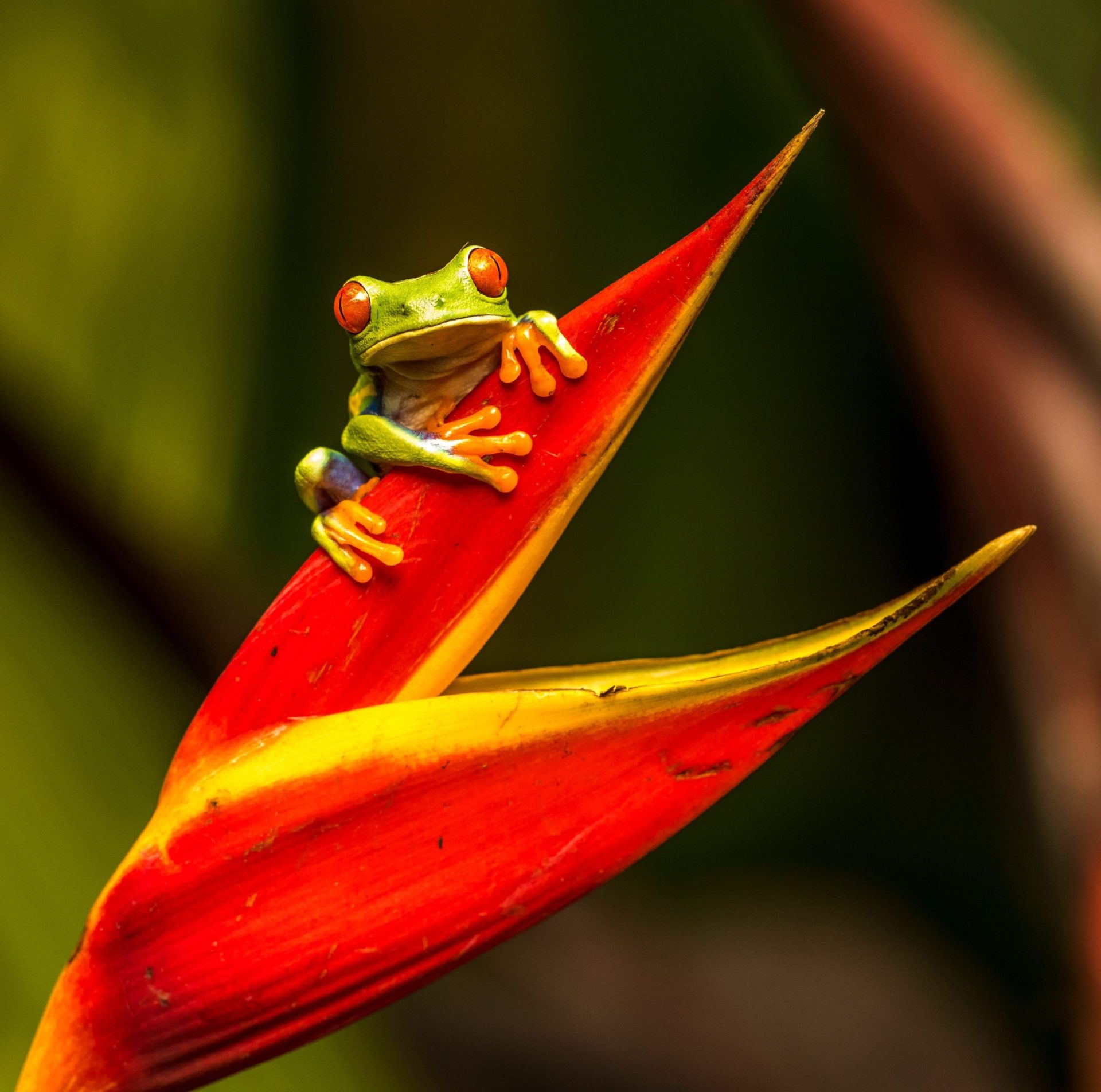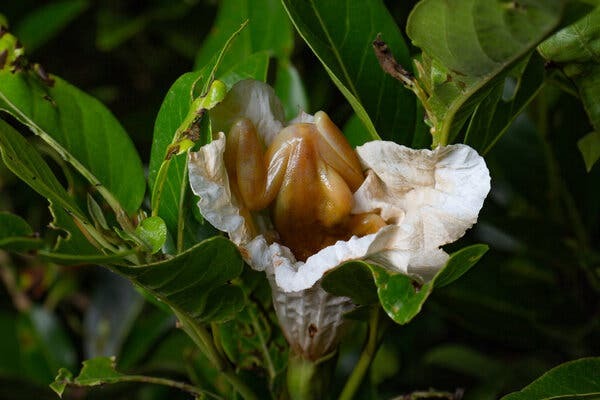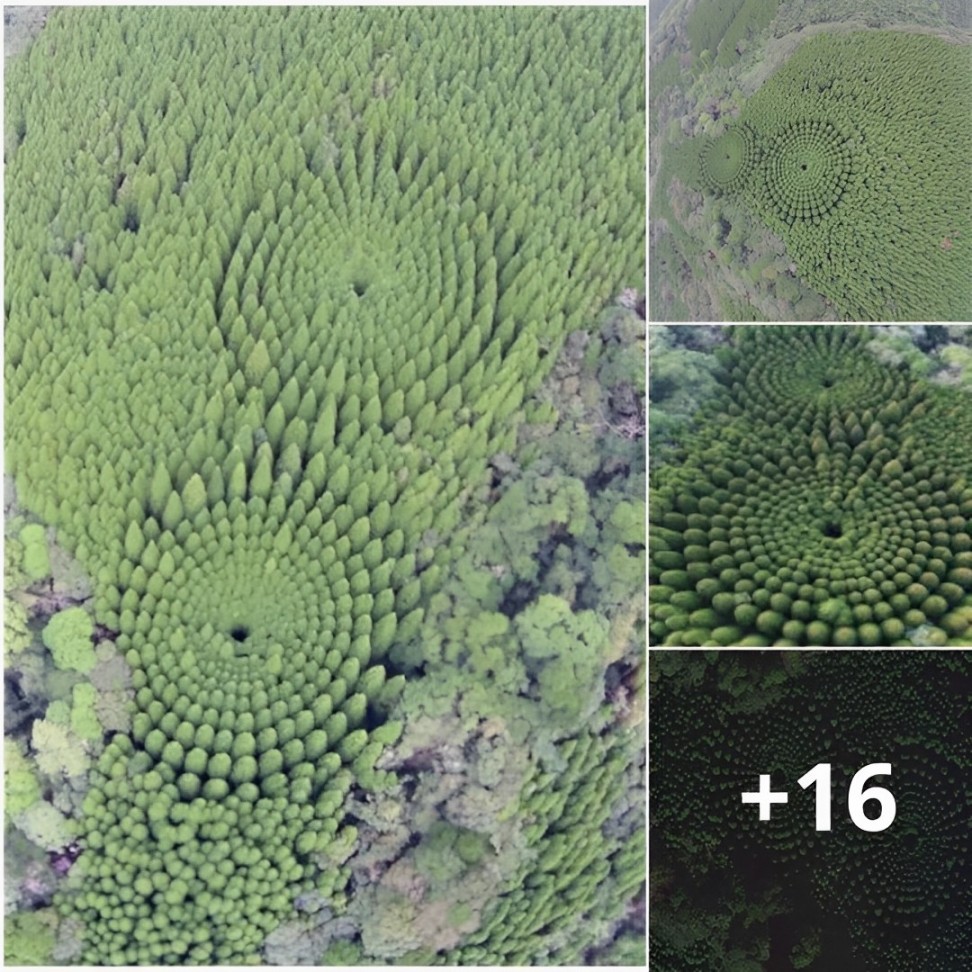“This is a very exciting and intriguing first observation,” said Ruth Cozien, an expert on plant-animal interactions at the University of KwaZulu-Natal in South Africa who was not involved in the study. She said more observations were needed to confirm pollination, but added that the team’s preliminary evidence was “incredible” and “extremely valuable for emphasizing what we can still find if we just look.”

Most frogs are carnivorous, only accidentally snacking on vegetation when it gets in the way while they’re hunting for more critters. But earlier this century, scientists noticed traces of plants in the guts of specimens of Xenohyla truncata, known also as Izecksohn’s Brazilian tree frog. Their examinations suggested the species intentionally and often eats fruits, leaves and flowers, and only seldom preys on insects.

But this behavior was never documented in the wild.
Image
Nibbling on the Brazilian milk fruit.Credit…Carlos Henrique de-Oliveira-Nogueira
Image

Emerging from the Brazilian milk fruit flower with pollen grains on its back.Credit…Carlos Henrique de-Oliveira-Nogueira

Enter Dr. Toledo’s team, which was performing research in the Restinga forests of eastern Brazil when, at dusk, they stumbled upon plant-loving frogs in action. Much to their surprise, two frogs were spending five to 15 minutes lapping up nectar from inside the bell-shaped flowers.





